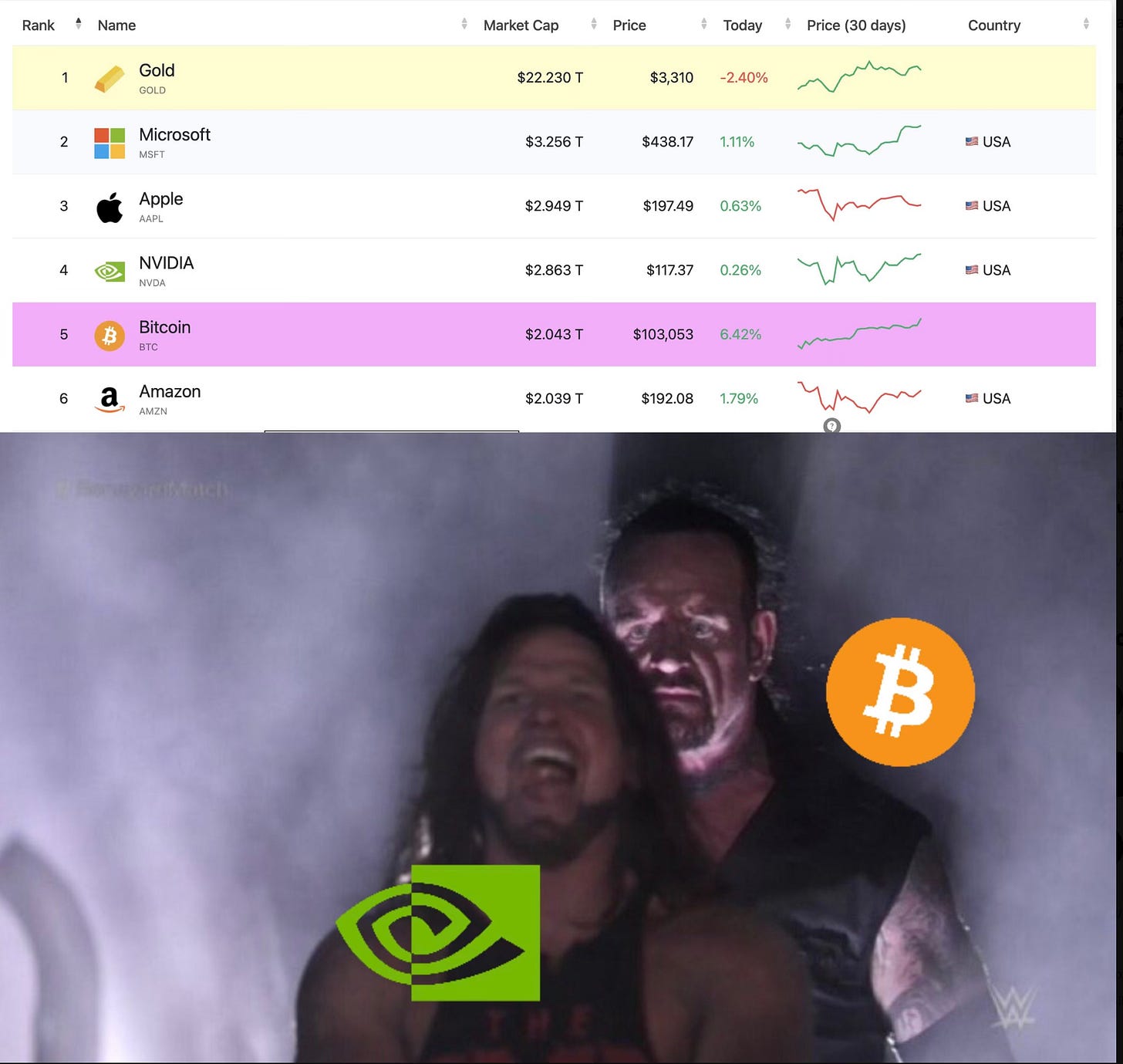1.) Apple’s AI Ambitions: A Siri-ous Setback
Apple’s AI ambitions have stumbled—badly. Despite pioneering the voice assistant space with Siri in 2011, Apple now trails rivals like Google and OpenAI by several generations. The recent push to reboot Siri under the “Apple Intelligence” banner has been mired in delays, with internal tests showing the new LLM-powered assistant still misfires up to 34% of the time. Core architectural flaws, underinvestment in compute, and overly conservative leadership have stalled progress. Insiders describe the AI division as disorganized, even mocked internally as “AIMLess.”
Externally, Apple’s privacy-first stance is colliding with regulatory realities in Europe. The Digital Markets Act and AI Act are forcing Apple to rethink its strategy for rolling out AI across the EU—slowing timelines and risking product parity between markets. Meanwhile, investor confidence is waning, and industry leaders like Sundar Pichai are openly calling out Apple’s lack of urgency. If Apple wants to reclaim its reputation as a market leader, it needs more than a new Siri—it needs a new strategy.
2.) OpenAI and Jony Ive Launch ‘io’
In a rare merger of iconic design and frontier technology, Jony Ive and Sam Altman have unveiled “io”, a new company born from their quiet two-year collaboration. What began as sketches and speculation between LoveFrom and OpenAI has matured into a bold effort to reimagine how humans experience artificial intelligence—not through screens and keyboards, but through products that feel as intuitive and human as the technology powering them. With a dream team of engineers, designers, and technologists—many of whom have decades of history together—io aims to design tools that don’t just function but inspire.
As io formally merges with OpenAI, Ive and his design collective will assume creative responsibility across both organizations. Altman describes the partnership as essential for bringing AI to life at the human level—where design meets empathy, not just engineering. For Ive, it’s a culmination of 30 years of product creation, now channeled into shaping the future of intelligence itself. The vision isn’t just about hardware; it’s about reviving the wonder, delight, and optimism that defined the early days of Silicon Valley.
3.) Jensen Huang’s AI Manifesto
Jensen Huang’s AI Manifesto: Nvidia, Chips, and the Next Industrial Revolution
Nvidia CEO Jensen Huang isn’t just selling chips—he’s architecting the backbone of AI’s global expansion. In a revealing post-Computation 2025 interview, Huang outlined why traditional data centers are morphing into “AI factories,” producing digital labor at scale. With landmark infrastructure deals in Saudi Arabia and the UAE, Huang sees emerging economies as AI’s next powerhouses—not just because they have energy to spare, but because they’re ready to leapfrog into the robotics age.
His global strategy is clear: empower regions with ambition, compute, and capital to accelerate AI’s integration into labor, industry, and GDP.
At home, though, Huang is sounding the alarm. He’s blunt about U.S. policy: export restrictions on Nvidia’s AI chips to China are “exactly wrong.” Cutting access now, he argues, doesn’t slow China—it pushes them to build rival ecosystems. Huang believes that true AI dominance requires full-stack leadership—from silicon to software—and Nvidia’s roadmap reflects that. His GTC unveil of Dynamo, a new AI operating architecture, exemplifies Nvidia’s push into enterprise pragmatism: modular, scalable systems that can serve hyperscalers and industrial clients alike.
Key Takeaways from the Interview:
AI Factories > Data Centers: Huang believes AI is becoming its own industry, requiring purpose-built “factories” for token production, not just generic compute.
Middle East Expansion: Nvidia is partnering with Saudi Arabia and UAE to build national AI infrastructure—addressing labor shortages with digital agents and robotics.
Full-Stack Vision: From chips to platforms like Dynamo, Nvidia is offering end-to-end AI infrastructure, positioning itself beyond hardware.
U.S. Policy Critique: Huang slammed chip export restrictions, arguing they undermine U.S. leadership and accelerate China’s homegrown AI efforts.
Enterprise-First Strategy: GTC targeted hyperscalers, Computex targeted enterprise. Huang’s pitch: you don’t need to buy the whole stack, just some of it—but you’ll keep coming back for more.
China Is Not Slowing Down: “Chinese AI researchers are world-class,” Huang said, warning that trying to hold them back is futile—and strategically naïve.
Huang’s bottom line: let the U.S. compete by running faster, not by pulling others down. In the race to define AI’s industrial future, Nvidia plans to lead—on every layer of the stack.
Meme of the Week




